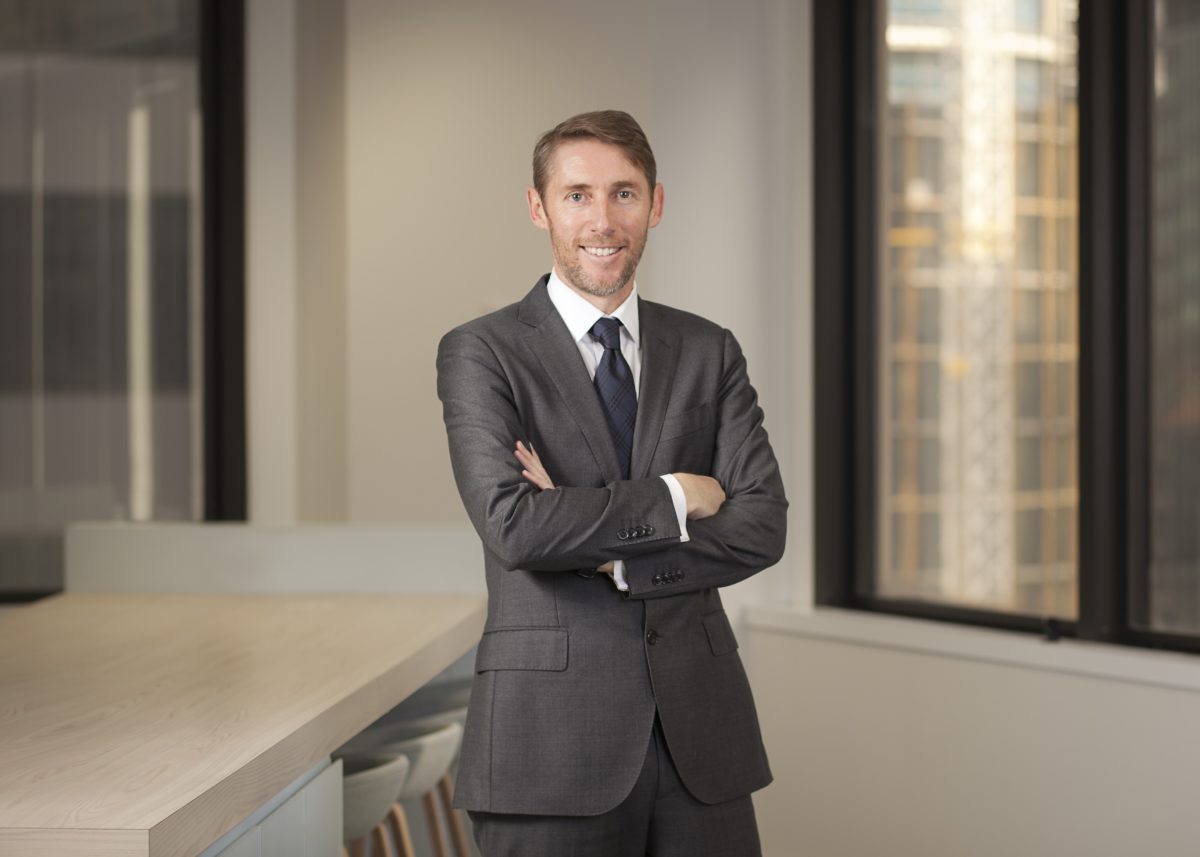How funds need to look at retirement products
(pictured: Damian Graham)
As super funds look to play a greater role supporting members with retirement products and services, they may need to think differently about how they look at the main risks faced by retirees, according to Damian Graham.
Graham, the CIO of StatePlus, points out that, when members start to draw down on their balance, the range of possible returns can become “amazingly wide”.
For many people the highest level of gross returns for their super account will be in the early years of retirement, because of the power of compound earnings, so if the drawdowns start early, are excessive and if markets don’t allow for recovery within a couple of years, the results can be alarming.
In one realistic example that Graham gives in a presentation, the member who starts retirement with a balance of $200,000 and withdraws $600 per month – runs out of money 16 years earlier because of a market fall in the early years of their retirement compared to another member where the sequence of returns is more favourable.
“Being able to defer drawings is important,” Graham says, “and the ability to rebalance in a disciplined fashion is very valuable.”
He points out that SuperPlus is an advisory firm first and foremost and works on a very different definition of “success” for its members than the average super fund. The average age of StatePlus’s 60,000 clients is 66 – most have already fully retired.
“We started out as an advice business. Plus, we run a super fund. This leads us to a very different outcome [from the approach taken by the average super fund].”
It is important, then, for everyone to understand the different areas of risk around retirement. The approach of StatePlus, which has more than 150 salaried planners and is owned by the NSW Government’s big State Super (STC) fund, which is closed to new members, may be a good one for not-for-profit super funds to study when they seek to service members in retirement.
“Investing involves making a trade-off between short-term and long-term risk,” Graham says. “Take too much short-term risk and investors will become too uncomfortable and may change their investment strategy, probably at the worst time. Take too little and you increase the, much larger, long-term risk that you won’t have enough money to support your retirement.”
People’s risk tolerance, or what StatePlus calls “risk capacity” will vary through time. It is difficult to measure as well as manage. “Your risk appetite near the end of a bull market would probably be very different to your risk appetite at the end of the GFC,” Graham says. “The financial planner is in the best position to understand what a client’s risk capacity is through time.”
Given the importance of the last few years of full-time work and the early few years in retirement, when the bulk of the savings are made and the bulk of the returns earned, sequencing risk is a big issue.
“We know that investment returns can be swamped by volatility just before retirement,” Graham says. “Our objective is to support people to draw down and then spend the appropriate amount of money in retirement.”
Studies of annuity and pensions usage show that most people draw down closer to their minimum rather than maximum allowable levels. This indicates most people are concerned that they will run out of money or will be impacted by a ‘life event’.
StatePlus actively manages about $16 billion, adjusting asset allocation over time to make use of the available short-term risk budget while trying to minimise the long-term risk of not meeting clients’ objectives.










